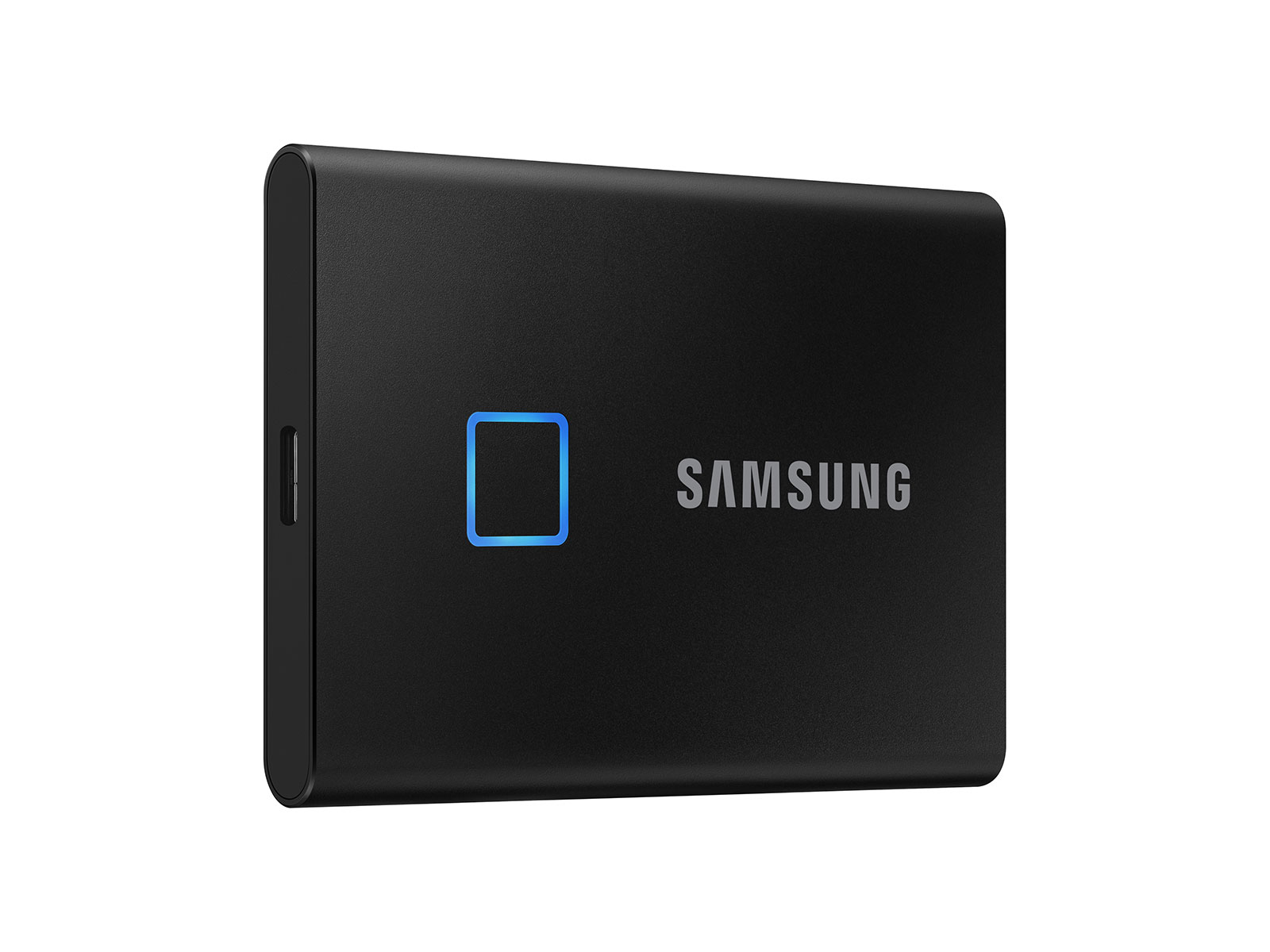
“It took nine seconds on average to copy a 13GB file on the MacBook Pro, roughly a 40 percent improvement compared to the T5 SATA SSD doing the same test. When it came to transfer speed improvements, I found that:

When I tested the T7 Touch using a USB-C port on a 2019 MacBook Pro, I found that the T7 Touch came close to those claims, with an average write speed of 807MB/s and an average read speed of 903MB/s. Samsung claims up to 1,050MB/s transfer speeds for the T7, as it does for the T7 Touch, and so the two should be equivalent. Try to imagine that the fingerprint sensor isn’t there and the Samsung logo is center-aligned, then you have the new T7. How to choose the right portable SSD That’s the T5 (left) next to the T7 Touch. It’s just that Samsung’s app isn’t available on those platforms, and if you’ve turned on the SSD’s password protection feature, it will need to be turned off on a compatible device before it can be used normally. This doesn’t mean that it can’t work on iOS, iPadOS, and gaming consoles. It’s compatible with a variety of operating systems, including Windows 10, macOS, and Android. The T7 comes in metallic red, indigo blue, and titan gray, and includes a USB-C to USB-C cable and a USB-C to USB Type-A cable in the box. The 500GB base model costs $110, the 1TB model costs $200, and the 2TB drive costs $370.

This standard T7 doesn’t have that hardware feature (though it does still feature optional password protection with AES 256-bit encryption), so it’s $20 cheaper across all configurations.

Back in January, Samsung released the T7 Touch, a slightly more expensive variant that features a fingerprint sensor for authenticating your identity before the SSD mounts to your device. If you’re feeling some sort of déjà vu and are wondering if this product might have already been released - well, yes, sort of. The T7 is the successor to the slim, wallet-sized T5 USB-C SSD that came out in 2017. Samsung’s T7 portable SSD is now available following its introduction earlier this year at CES 2020.


 0 kommentar(er)
0 kommentar(er)
